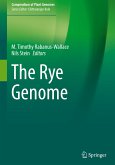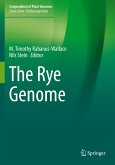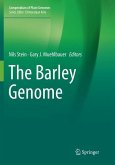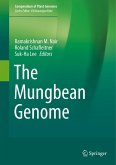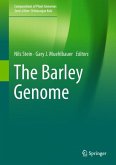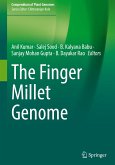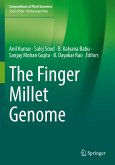This book presents up-to-date information on foxtail millet genomics, with a particular focus on its agronomic importance, genome architecture, marker development, evolutionary and diversity studies, comparative genomics and stress biology. The topics discussed have the potential to open up a new era of crop improvement in foxtail millet and other related grass species.
Foxtail millet (Setaria italica L.) is the oldest domesticated crop in the world (domesticated >8700 years ago) and it has been extensively grown in the semi-arid regions of Asia, Europe and the Americas as a food and fodder crop ever since. Further, as a C4 crop with close genetic relatedness to several biofuel grasses, foxtail millet has been promoted as a model plant. In view of its importance, the US Department of Energy Joint Genome Institute and Beijing Genomics Institute have independently sequenced the genome of foxtail millet. The availability of the draft genome sequence has advanced the genomics andgenetics of this important crop, resulting in the development of large-scale genome-wide molecular markers and demonstration of their utility in genomics-assisted breeding, as well as the identification of the molecular and biological roles of several stress-responsive gene families in connection with abiotic stress tolerance. In addition, several open access databases have been developed to make these resources for crop improvement through structural and functional genomics widely available.
Foxtail millet (Setaria italica L.) is the oldest domesticated crop in the world (domesticated >8700 years ago) and it has been extensively grown in the semi-arid regions of Asia, Europe and the Americas as a food and fodder crop ever since. Further, as a C4 crop with close genetic relatedness to several biofuel grasses, foxtail millet has been promoted as a model plant. In view of its importance, the US Department of Energy Joint Genome Institute and Beijing Genomics Institute have independently sequenced the genome of foxtail millet. The availability of the draft genome sequence has advanced the genomics andgenetics of this important crop, resulting in the development of large-scale genome-wide molecular markers and demonstration of their utility in genomics-assisted breeding, as well as the identification of the molecular and biological roles of several stress-responsive gene families in connection with abiotic stress tolerance. In addition, several open access databases have been developed to make these resources for crop improvement through structural and functional genomics widely available.


